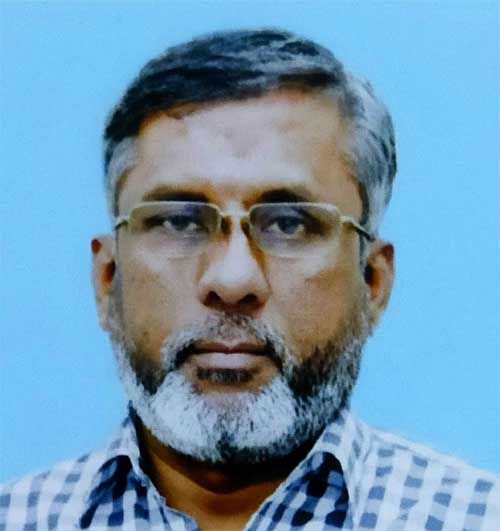The recent ceasefire agreement between Israel and Hamas has paused one of the most devastating conflicts in recent history. Over 15 months of war have resulted in over 46,000 Palestinian deaths, nearly half of whom were children, and more than 5,000 Israeli casualties. The violence devastated Gaza, leaving homes, hospitals, and schools in ruins. The destruction led to a severe humanitarian crisis, with millions lacking basic necessities such as clean water, electricity, and medical care. Gaza’s already fragile economy collapsed, with unemployment soaring above 80%.
The conflict began with relentless airstrikes and ground invasions, devastating an already blockaded region. Over 1.5 million Palestinians were displaced, forced to seek refuge in overcrowded camps and temporary shelters. The war caused significant damage to critical infrastructure, with hospitals rendered inoperable and power and water facilities destroyed. The situation created a dire need for international intervention to address the growing crisis.
In response, the ceasefire was brokered with the help of international mediators. Key provisions of the agreement included the phased withdrawal of Israeli forces from northern Gaza, allowing humanitarian aid to reach inaccessible areas, and the release of prisoners on both sides. A joint international committee, with representatives from the United Nations, Qatar, and Egypt, was formed to monitor the ceasefire’s implementation and ensure the delivery of essential supplies such as food, water, and medical aid.
The international community played a pivotal role in halting the violence and addressing the war’s aftermath. The United Nations intensified its relief operations, providing aid to millions of Palestinians. The United States, led by outgoing President Joe Biden and incoming President-elect Donald Trump, pressured both sides into negotiations and pledged $1 billion for Gaza’s reconstruction. However, the U.S. faced criticism for its initial support of Israel’s military operations. Qatar and Egypt, acting as mediators, reopened critical borders for aid delivery and committed financial resources to rebuilding efforts. Meanwhile, the European Union emphasized accountability for alleged war crimes and announced a €500 million package for Gaza’s reconstruction.
Despite the ceasefire, significant challenges remain. The destruction of vital infrastructure has created a public health emergency, with diseases spreading rapidly in overcrowded shelters. Millions still lack access to basic services, while political divisions within Palestinian leadership and hardline factions in Israel complicate peace efforts. Calls for justice and accountability for alleged war crimes have been met with resistance, further hindering the path to reconciliation. The deep scars of violence have left both sides distrustful, highlighting the need for dialogue and long-term solutions to address the root causes of the conflict.
Amid the devastation, stories of resilience offer hope. In Gaza, a teacher vowed to continue educating children despite losing her school, while an Israeli mother called for peace, urging both sides to prioritize the future of their children. These voices reflect the enduring human desire for coexistence and stability.
While the ceasefire marks a crucial step toward ending violence, it is only the beginning of a complex journey toward lasting peace. Rebuilding Gaza’s infrastructure and addressing immediate humanitarian needs are priorities. Long-term solutions must include fostering dialogue, addressing political grievances, and ensuring justice for the victims of the conflict. The Gaza-Israel war has left a profound impact on the region, with countless lives lost and communities shattered. Achieving peace requires sustained efforts from the international community to rebuild trust, address systemic issues, and break the cycle of violence, paving the way for coexistence and dignity for both Palestinians and Israelis.
The recent ceasefire between Israel and Hamas, announced on January 15, 2025, after 15 months of intense conflict, outlines a phased approach. The first phase includes a 42-day truce, during which Israel will withdraw from populated Gaza areas, and 33 Israeli hostages will be released by Hamas. In exchange, approximately 2,000 Palestinian prisoners held by Israel will be freed. This is part of a broader plan, which includes further hostage releases and a final resolution after the military withdrawal has led to significant casualties, with over 46,000 Palestinians killed in Gaza, and 1,200 Israelis dead.
The Gaza-Israel ceasefire: A chronological account of hope amid tragedy




